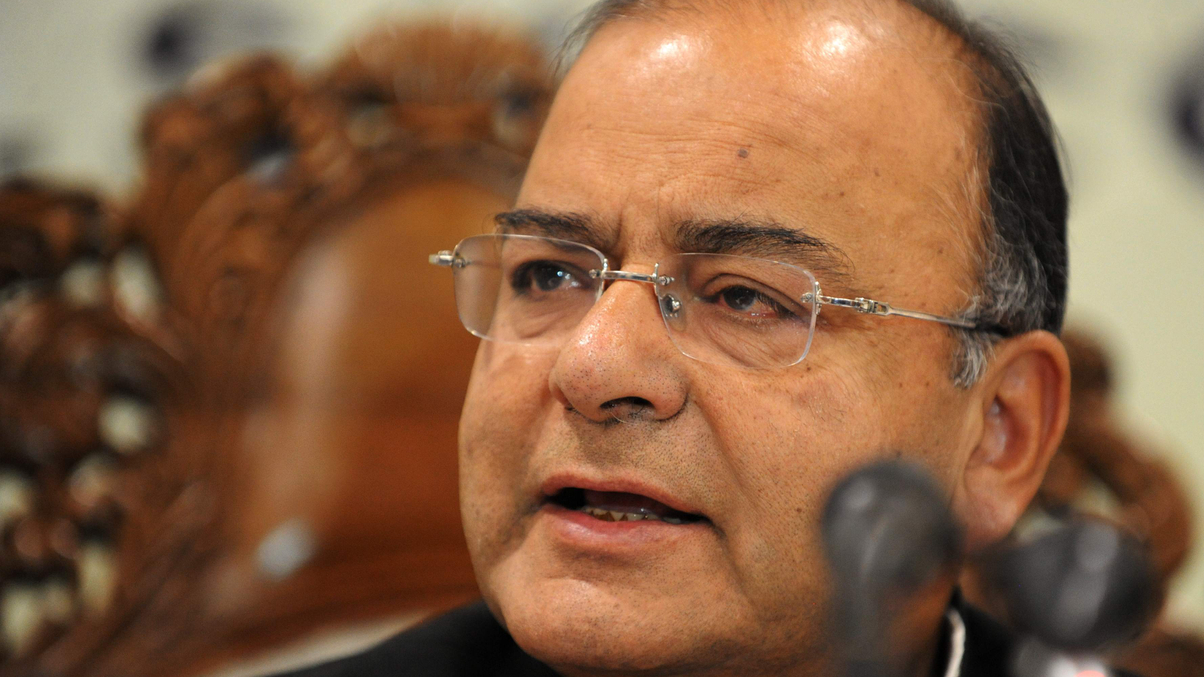Hopes rise over Indian bond investment cap
Managers are hopeful that India's new finance minister will lift the cap on foreign investment in domestic government bonds, which were over-subscribed in an auction this month.

Fund managers have expressed hope that India’s new administration will raise foreign investor limits on government bonds in today’s budget, which they argue have choked demand.
Sign In to Your Account
Access Exclusive AsianInvestor Content!
Please sign in to your subscription to unlock full access to our premium AI resources.
Free Registration & 7-Day Trial
Register now to enjoy a 7-day free trial—no registration fees required. Click the link to get started.
Note: This free trial is a one-time offer.
¬ Haymarket Media Limited. All rights reserved.


